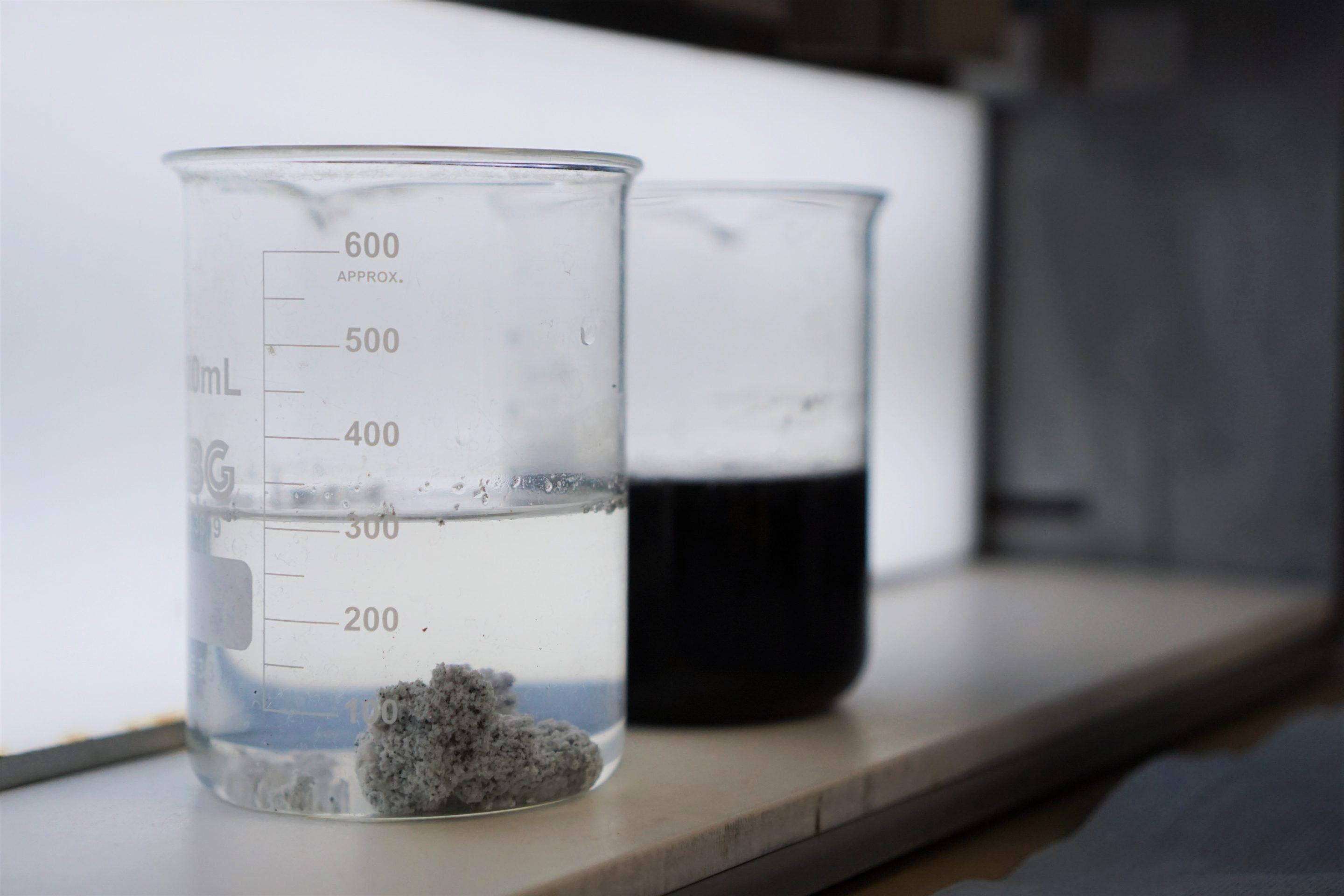
Flocculation might sound like a complicated term, but it's actually a simple process that plays a huge role in our daily lives. Flocculation is the method where tiny particles clump together to form larger clusters, making them easier to remove from liquids. This process is essential in water treatment, brewing beer, and even making cheese! Without it, our drinking water would be murky, and our favorite beverages might not taste as good. Ever wondered how your tap water gets so clean? Flocculation is a big part of that magic. Let's dive into 26 fascinating facts about this incredible process and see how it impacts various industries and our everyday lives.
What is Flocculation?
Flocculation is a process where fine particles clump together to form a floc. This process is essential in water treatment, brewing, and even cheese-making. Let's dive into some fascinating facts about flocculation.
-
Flocculation is a key step in water treatment. It helps remove contaminants by clumping particles together, making them easier to filter out.
-
The term "flocculation" comes from the Latin word "flocculus," meaning a small tuft or clump.
-
Flocculation is different from coagulation. Coagulation involves neutralizing charges on particles, while flocculation involves the actual clumping of particles.
-
Flocculants are chemicals added to water to promote flocculation. Common flocculants include aluminum sulfate and polyacrylamide.
-
Natural flocculants exist too. Chitosan, derived from crustacean shells, is a natural flocculant used in various industries.
-
Flocculation is crucial in brewing beer. Yeast cells flocculate to form a sediment, which helps clarify the beer.
-
In cheese-making, flocculation helps curdle milk. Rennet, an enzyme, causes milk proteins to flocculate, forming curds.
-
Flocculation can occur in nature. Rivers often carry fine particles that flocculate when they meet saltwater, forming deltas.
-
The process is also used in mining. Flocculation helps separate valuable minerals from waste material.
-
Flocculation is vital in wastewater treatment. It helps remove organic matter, bacteria, and other pollutants.
How Flocculation Works
Understanding how flocculation works can help appreciate its importance in various fields. Here are some facts about the mechanics of flocculation.
-
Flocculation involves two main steps: particle collision and particle aggregation.
-
Brownian motion, the random movement of particles, plays a significant role in flocculation by causing particle collisions.
-
Shear forces in water can enhance flocculation. These forces bring particles together, increasing the chances of collision.
-
The size of flocs can vary. Some flocs are microscopic, while others can be visible to the naked eye.
-
Flocculation efficiency depends on water temperature. Warmer water can enhance the process by increasing particle movement.
-
The pH level of water affects flocculation. Optimal pH levels can improve the effectiveness of flocculants.
-
Flocculation can be monitored using a jar test. This test helps determine the best flocculant and dosage for a specific water sample.
-
Flocculation is a reversible process. If the conditions change, flocs can break apart, releasing the particles back into the water.
Applications of Flocculation
Flocculation has a wide range of applications beyond water treatment. Here are some interesting uses of flocculation in different industries.
-
In the paper industry, flocculation helps remove ink from recycled paper, making it easier to produce clean, new paper.
-
Flocculation is used in the food industry to clarify juices and wines. It helps remove suspended particles, improving the product's appearance and taste.
-
In the textile industry, flocculation helps treat dye wastewater, making it safer to release into the environment.
-
Flocculation is essential in the production of biogas. It helps separate solid waste from liquid, improving the efficiency of biogas production.
-
The cosmetics industry uses flocculation to create smooth, stable emulsions in products like lotions and creams.
-
Flocculation can help control harmful algal blooms in water bodies. By clumping algae together, it becomes easier to remove them from the water.
-
In the oil industry, flocculation helps treat produced water, which is a byproduct of oil extraction.
-
Flocculation is used in aquaculture to maintain water quality. It helps remove excess nutrients and waste, creating a healthier environment for fish and other aquatic organisms.
The Final Scoop on Flocculation
Flocculation might sound like a fancy term, but it’s a crucial process in water treatment, brewing, and even cheese-making. It helps clump particles together, making them easier to remove. This process ensures cleaner water, better-tasting beer, and smoother cheese. Understanding flocculation can help you appreciate the science behind everyday products. Whether you’re a student, a hobbyist, or just curious, knowing these facts can give you a new perspective on how things work. So next time you drink a glass of water or enjoy a cold beer, remember the role flocculation played in making it possible. It’s a small but mighty process that impacts our daily lives in more ways than we realize. Keep these facts in mind, and you’ll have a fun tidbit to share at your next gathering. Cheers to flocculation!
Was this page helpful?
Our commitment to delivering trustworthy and engaging content is at the heart of what we do. Each fact on our site is contributed by real users like you, bringing a wealth of diverse insights and information. To ensure the highest standards of accuracy and reliability, our dedicated editors meticulously review each submission. This process guarantees that the facts we share are not only fascinating but also credible. Trust in our commitment to quality and authenticity as you explore and learn with us.
